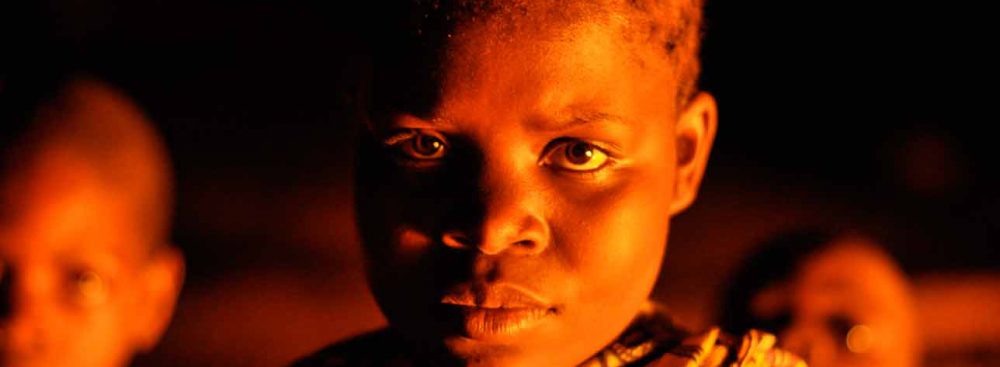Yesterday, I finished Alice Goffman’s captivating ethnography about the lives of young black men that are bound up with the American criminal justice system from their childhood onwards. Most of us don’t realize it, but prisons in the US are a scary thing. They are a humongous and ugly industry, incarcerating five to nine times more people than western European countries and, far more than the authoritarian regimes of China and Russia. Approximately 3 percent of adult Americans are either in prison, jail or on parole. And what makes these numbers even scarier is that black men, and especially ‘poor’ black men, are much more likely to go to prison and suffer the life-alternating consequences.
But while the statistics are shocking, Goffman provides a powerful highly-readable account of the realities for a group of young men and their loved ones and family, living around Philadelphia’s 6th Street. From her vivid descriptions, the reader comes to understand that entanglement with the law is not just a couple of guys making bad choices, nor does it affect only their lives alone. Rather, the criminal justice system has a central role in shaping poor, urban black communities by pressing young black men into detention and functioning as organizing principles for their communities. Like Goffman during her impressive 6 years of fieldwork for this project, we come to sympathize with the described individuals, and maybe more importantly, we come to feel the injustice.
It is therefore bewildering, that much attention has been drawn to mild inaccuracies and the possibility that the author might have committed a crime during her ethnographic research. After reading the book, I am furious about these accusations, not because I think they are necessarily incorrect, but because they certainly derail the conversation. There is a point in discussing the methods and ethics of Goffman’s research process, for instance, during an anthropology course, but not in the public dialogue about her book, which should be on… you guessed it… its pressing content.
